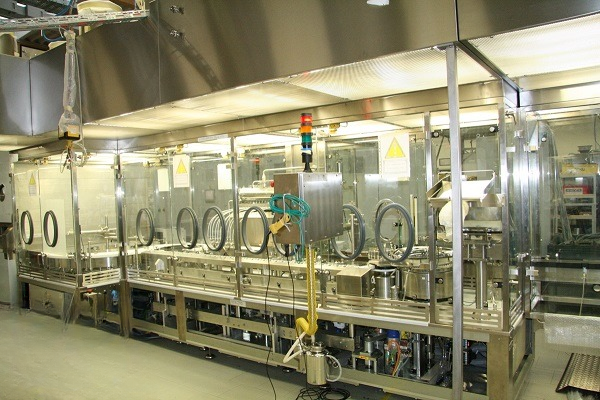
13 Jan Difference Between Open RABS and Closed RABS.
Restricted Access Barrier System (RABS) is a rigid barrier consisting of transparent walls (polycarbonate or glass) and outfitted with a suitable number of glove flanges and gloves. They utilize a mix of physical and aerodynamic barriers to prevent contaminants from entering the interior environment.
RABs have a positive pressure and a high air exchange rate. They are normally unsealed barriers with HEPA-filtered air delivered to and vented through a space between the RABS wall and the equipment.
RABS consists of two types: Open RABS and Closed RABS
Open RABS:
An open operation RABS, by definition, acknowledges that the barrier doors can be opened for operator intervention(s) at specific risk evaluated phases during aseptic production activities, following the final bio-decontamination step.
The air handling system in open RABS is shared with the cleanroom’s ceiling downflow, with an air overspill into the surrounding environment. This overspill is sent to a low level beneath the physical glove-barrier screens and beneath the important operating locations; generally 300 mm below and away from the point of fill.
Open RABS are further classified into Active and Passive RABS.
Passive RABS:
PASSIVE denotes that it does not have a specific air system; thus, the air flow inside the RABS must be created outside; typically, the Laminar Flow necessary in the filling and capping area is provided by fans and filters placed in the false ceiling of the production room. A passive RABS, on the other hand, does not have its own air recirculation, filtration, or conditioning. It gets its high-purity air from the cleanroom. Through openings under the doors, air flows downward from the ceiling and returns to the surrounding room. The air from the room returns to the room air-handling unit via air ducts.
Active RABS:
ACTIVE indicates that it has an independent air ventilation system; in this scenario, the Laminar Flow necessary in the operation area is created by fans and filters that are part of the RABS itself; the air flow is then partially independent of the air flow of the production room. For temperature-sensitive items, a cooling system can be added as well. Because fresh air is pulled from the cleanroom.
Advantages and Disadvantages of open RABS:

Closed RABS:
Closed RABS can also be passive devices that rely on the cleanroom’s airflow and filter ceiling. The air does not return to the surrounding environment; instead, it goes via pre filters and ducts into the air ventilation system inside the room. Because closed RABS concepts are utilized with harmful and dusty products, operators must take extra care to clean the return air ducts and change the pre filters. Closed RABS can be operated with either positive or negative pressure, necessitating appropriate sealing and pressure management. A closed RABS is analogous to an isolator in these situations.
Advantages and disadvantages of Closed RABS:

Access-restricted barrier systems are more than simple physical barriers. Interfaces, interventions, and material transfers must also be handled with care in these systems. To fully utilize RABS, processes around the isolator and sanitation must be changed and constantly observed. With RABS, special aseptic-transfer procedures and solutions may be employed, providing a great deal of operational flexibility.
To get more information regarding the difference between O-RABS and C_RABS, connect with us at sales@isovax.in



Sorry, the comment form is closed at this time.